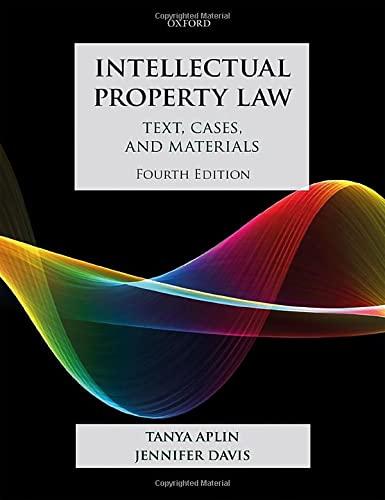Question
1. What are the required elements to establish constitutional standing? Which of those elements are at issue in Laidlaw? What are the arguments for and
1. What are the required elements to establish constitutional "standing"? Which of those elements are at issue in Laidlaw? What are the arguments for and against finding each of those elements satisfied in this case?
3. What is "mootness," and how does it differ from standing? What are the two exceptions to the usual mootness requirement that are identified in the majority opinion? Does the existence of exceptions suggest something about mootness' basis?
4. Why did the Friends of the Earth, Inc. v. Laidlaw Environmental Services (TOC), Inc. 528 U.S. 167 (2000) plant closure not make this case moot?
1. What are the elements of ripeness analysis? What elements did each opinion conclude were, and were not, met?
2. What purposes are served by the ripeness doctrine? Are those the same purposes served by the standing and mootness doctrines?
3. Outside of the context of actions of federal administrative agencies, when are ripeness problems likely to arise?
Step by Step Solution
There are 3 Steps involved in it
Step: 1

Get Instant Access to Expert-Tailored Solutions
See step-by-step solutions with expert insights and AI powered tools for academic success
Step: 2

Step: 3

Ace Your Homework with AI
Get the answers you need in no time with our AI-driven, step-by-step assistance
Get Started


